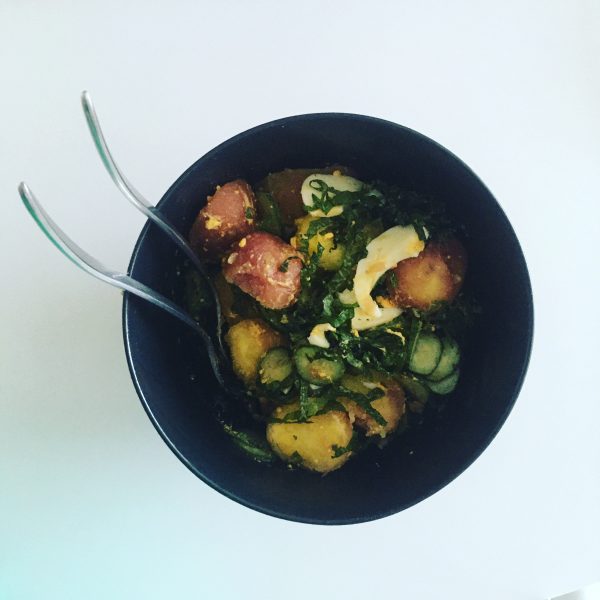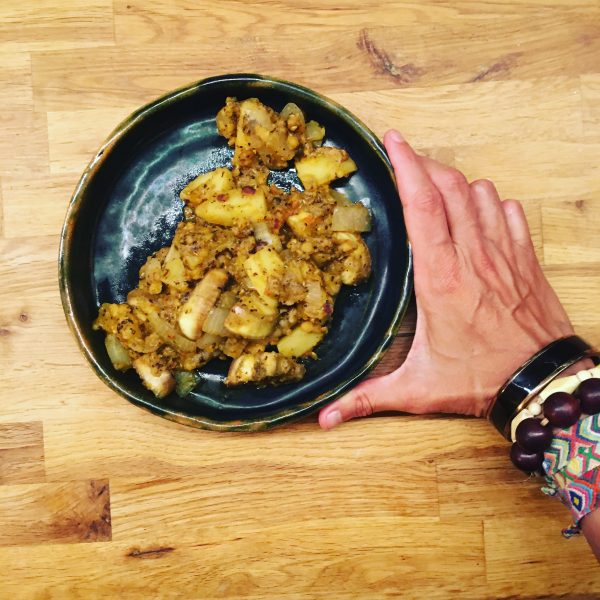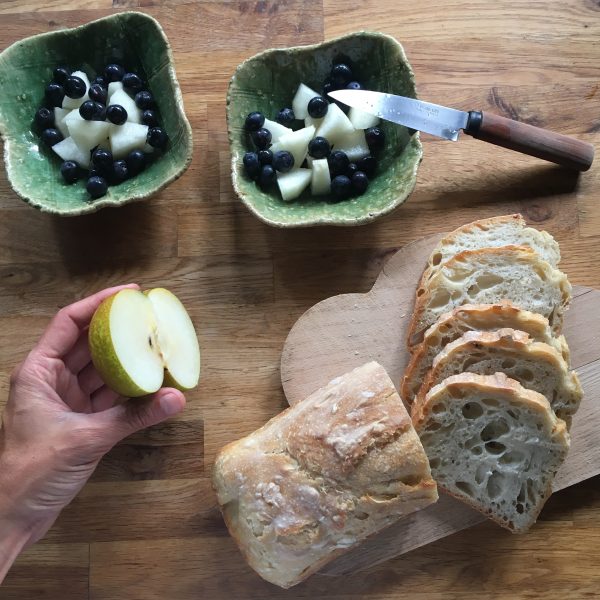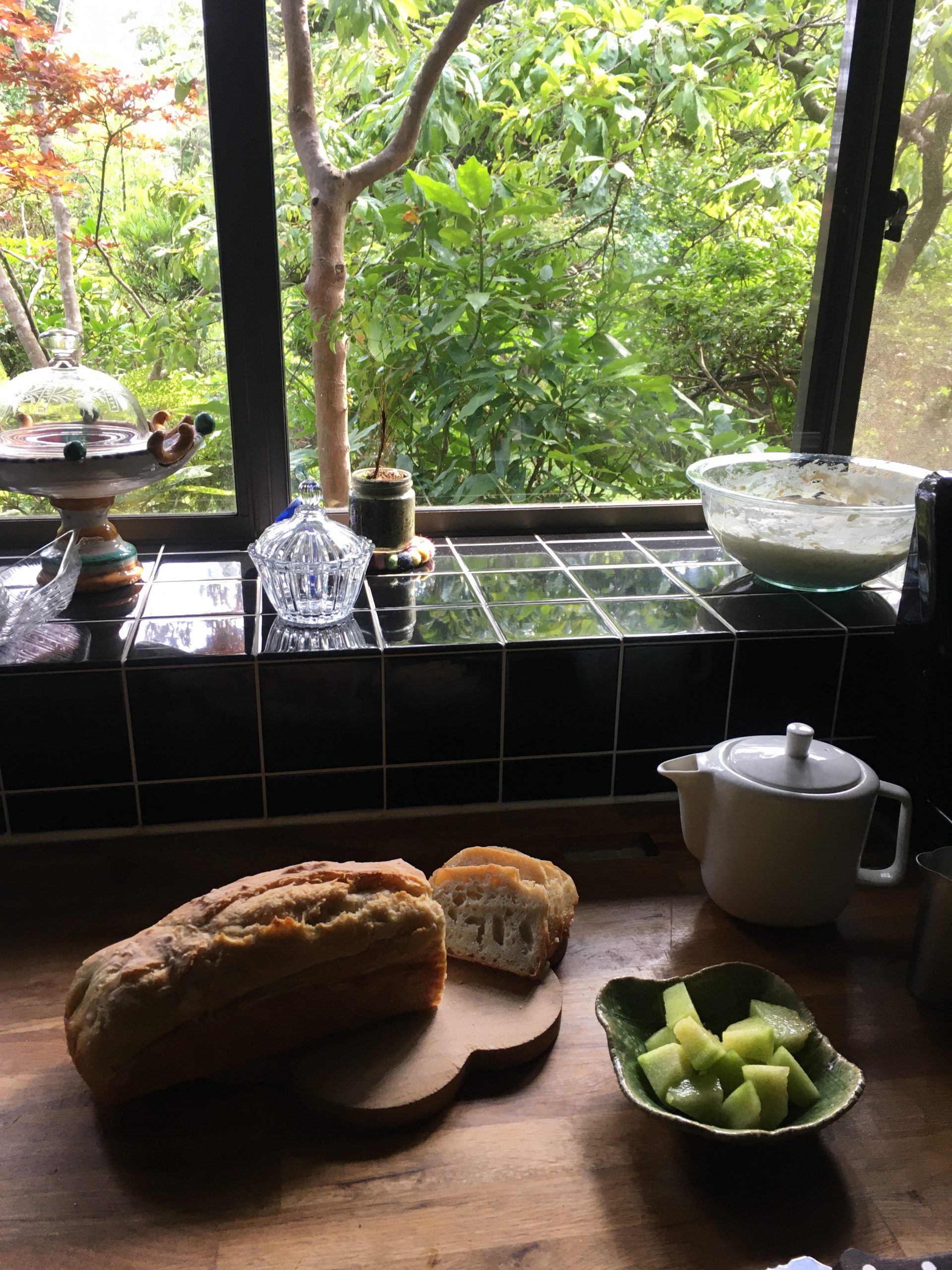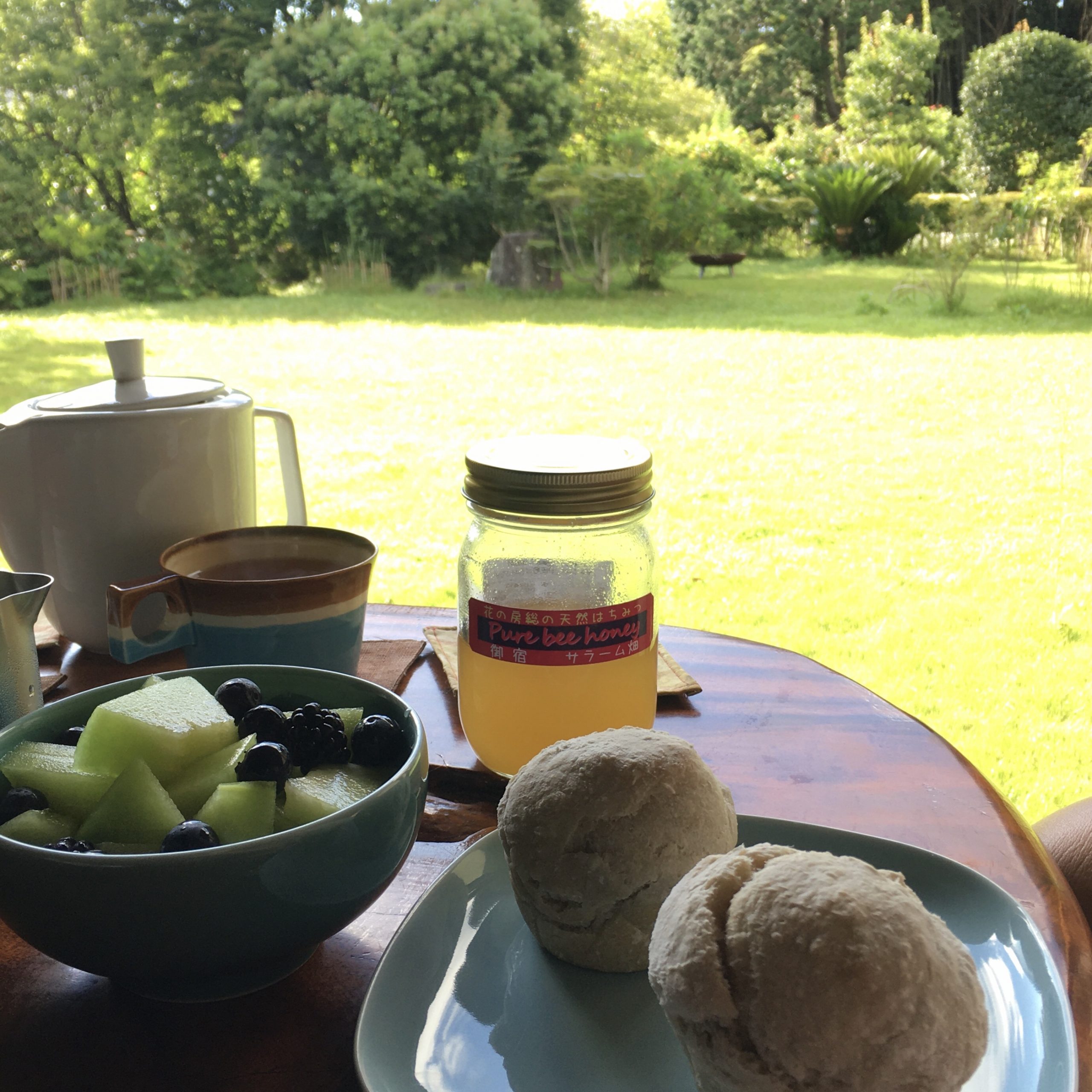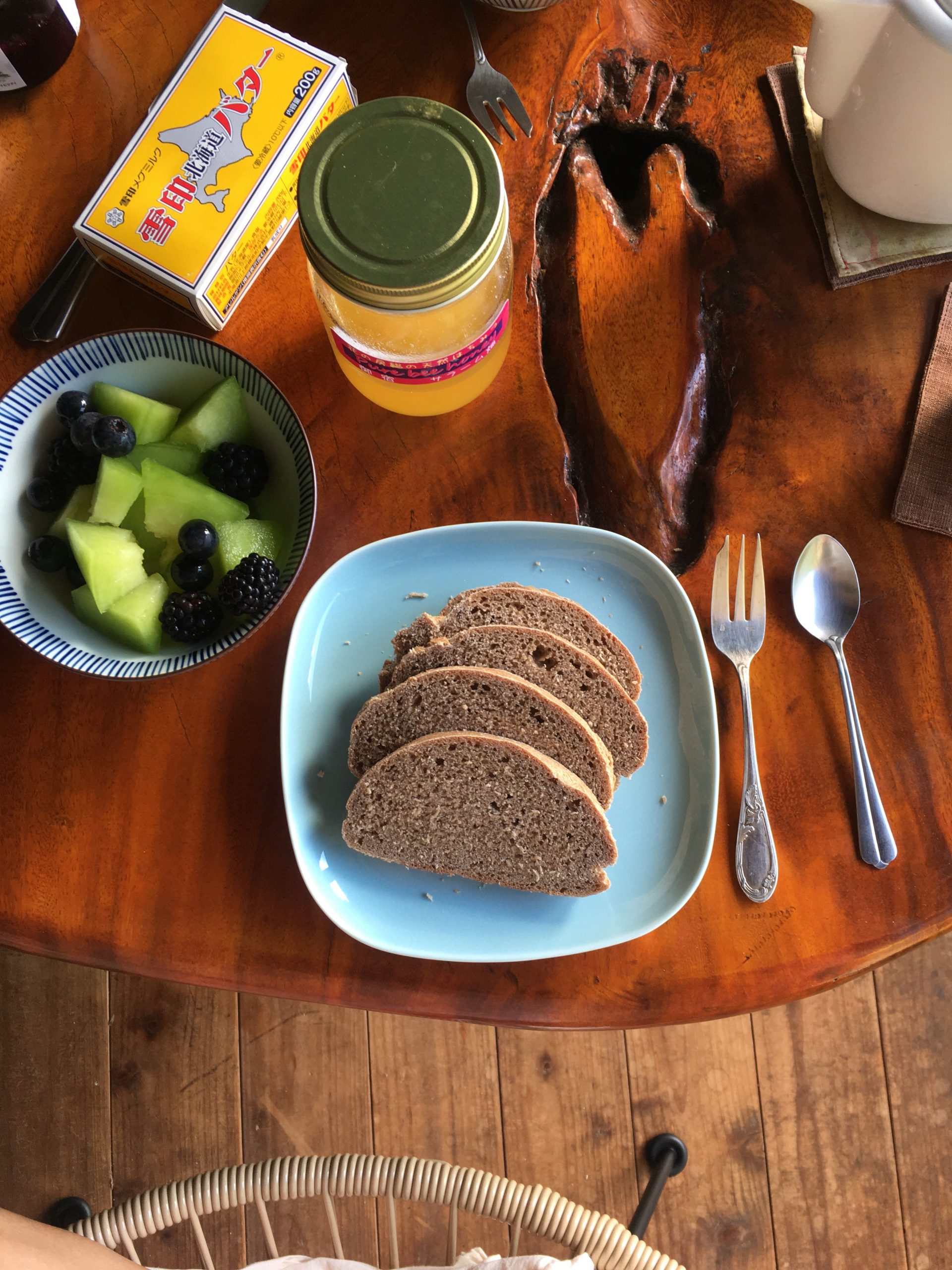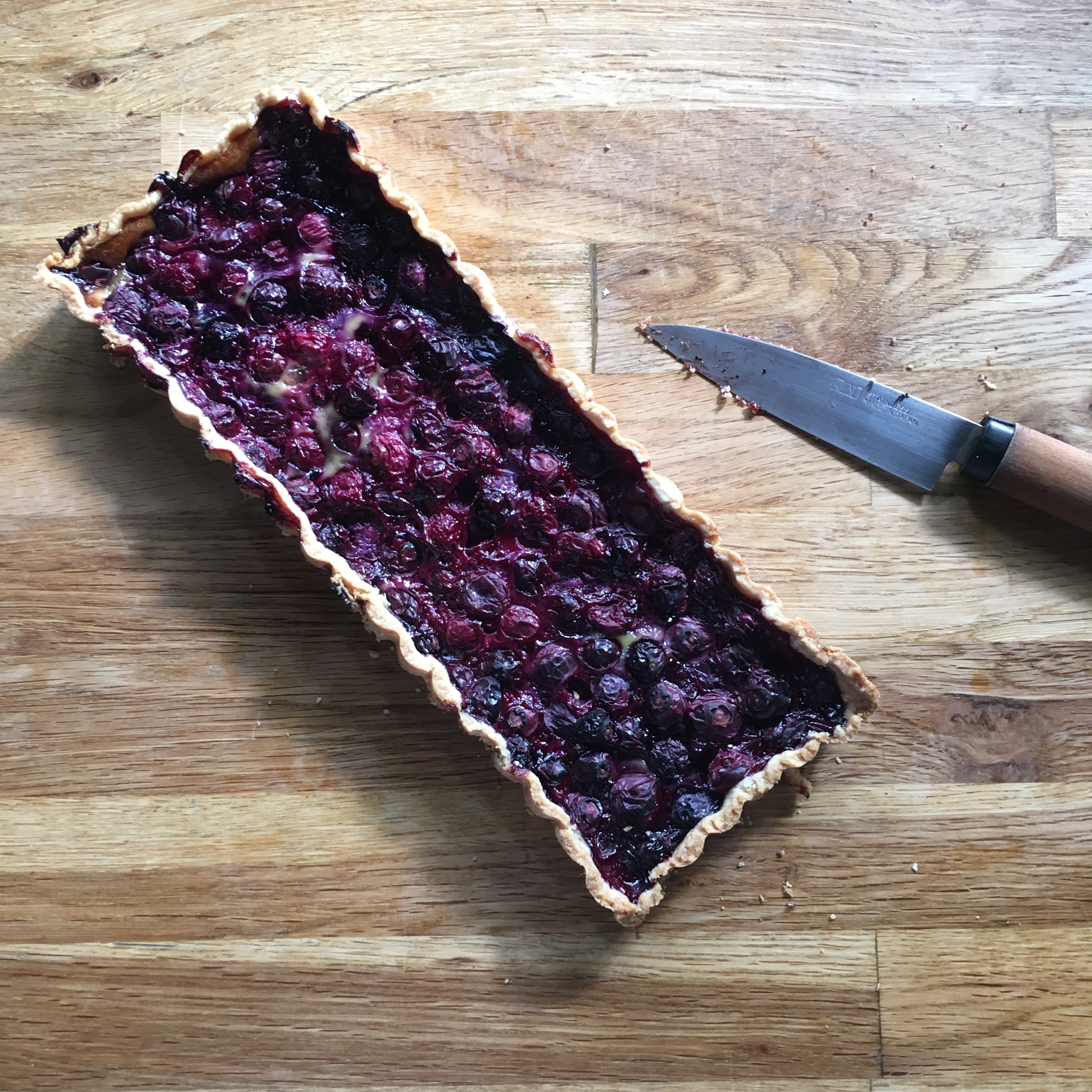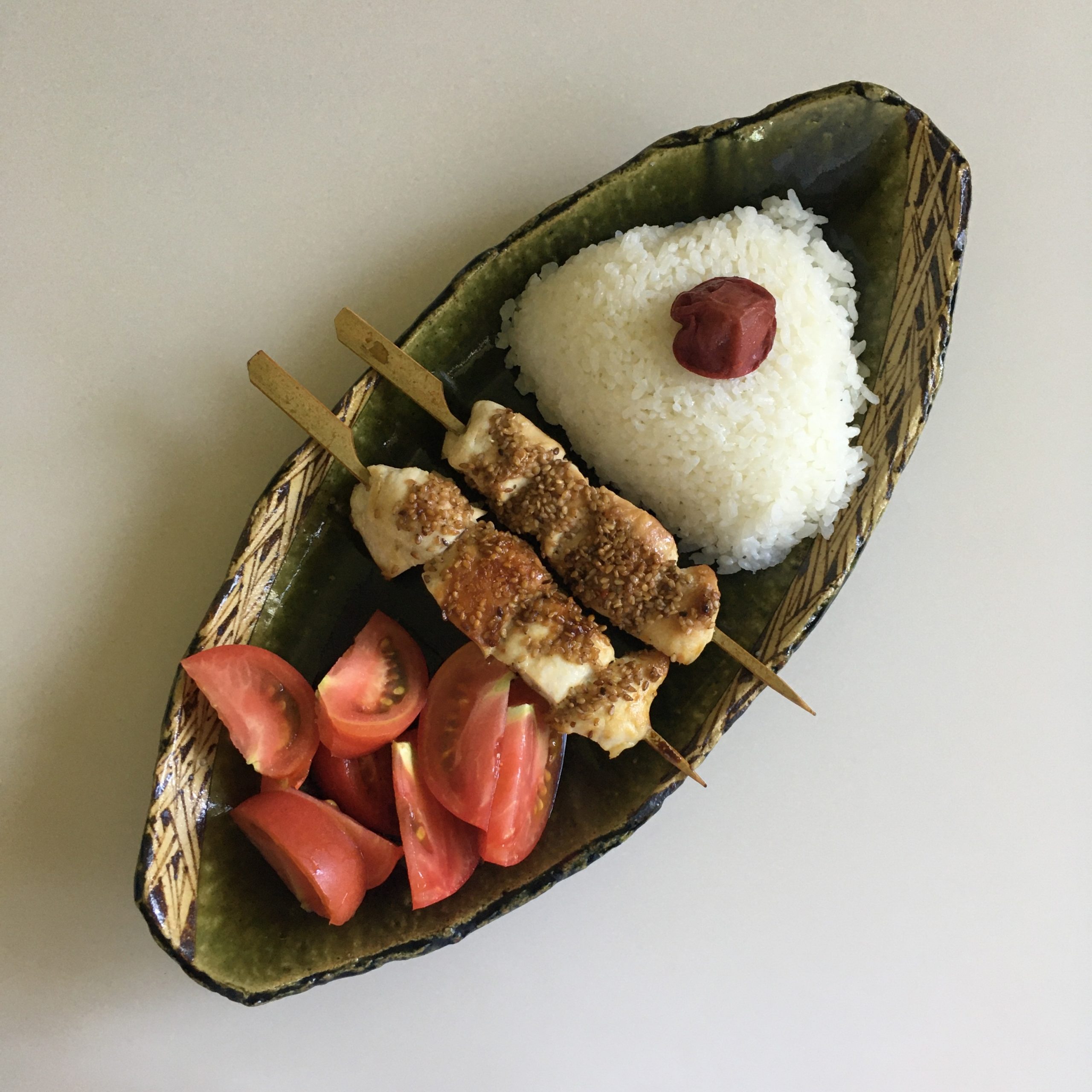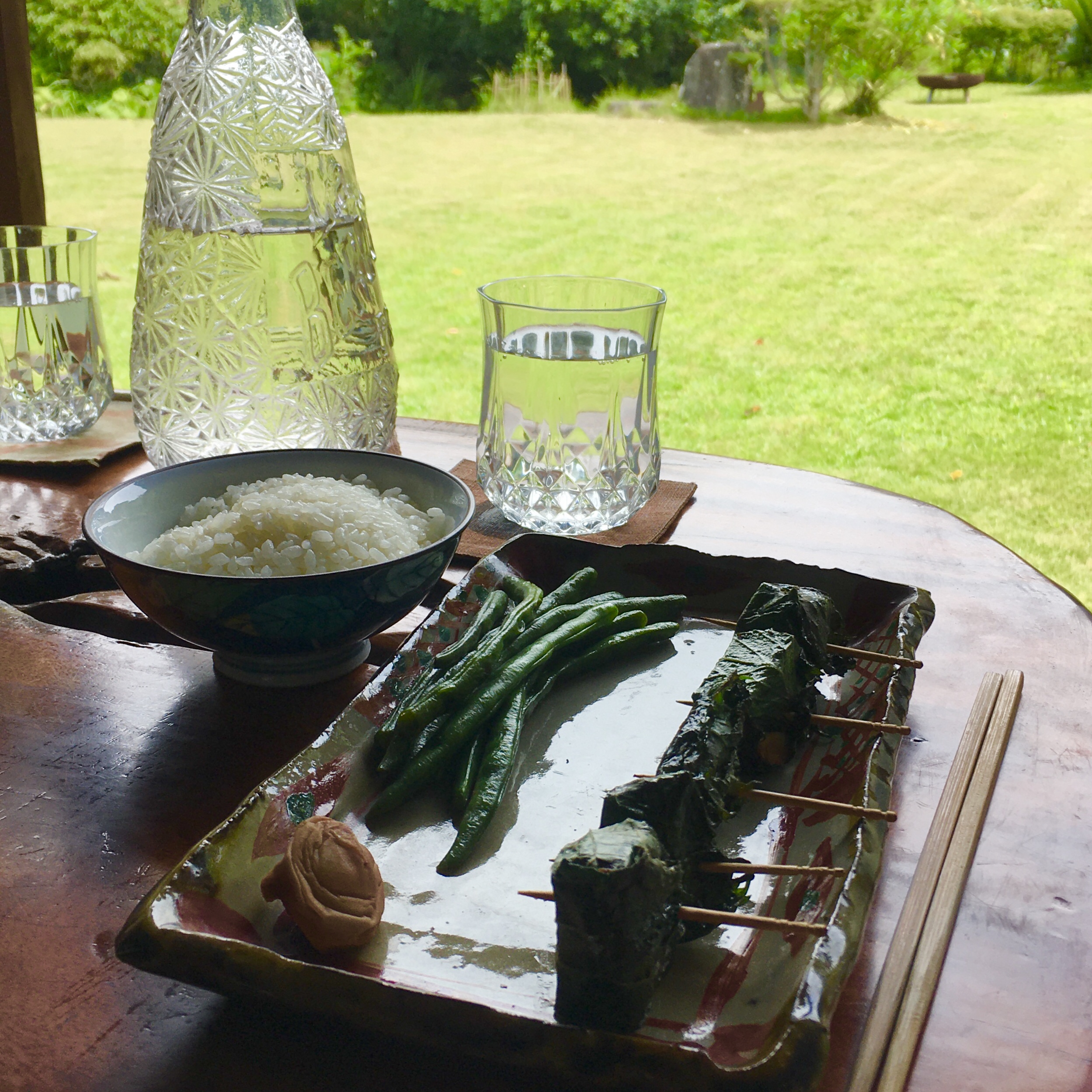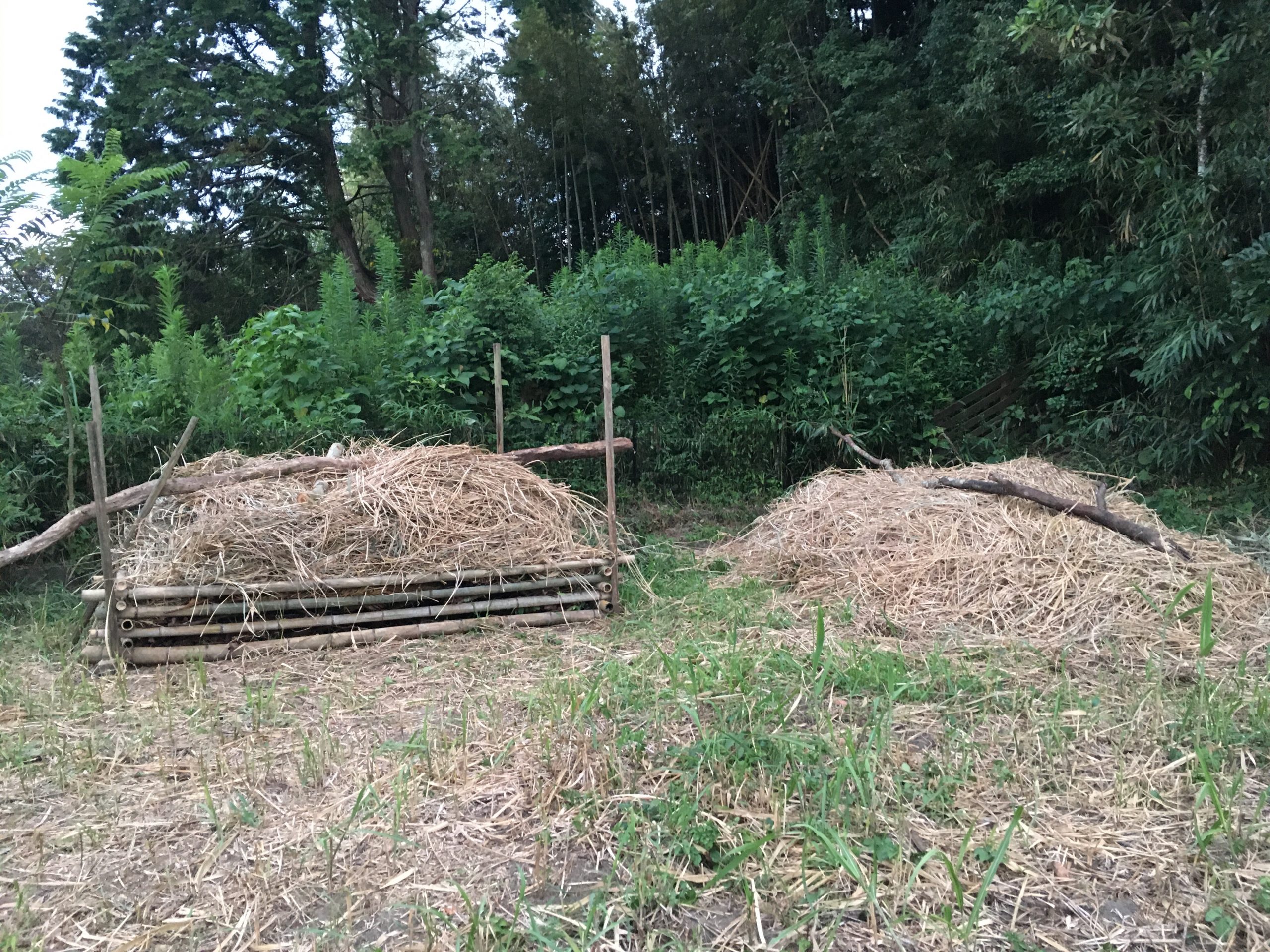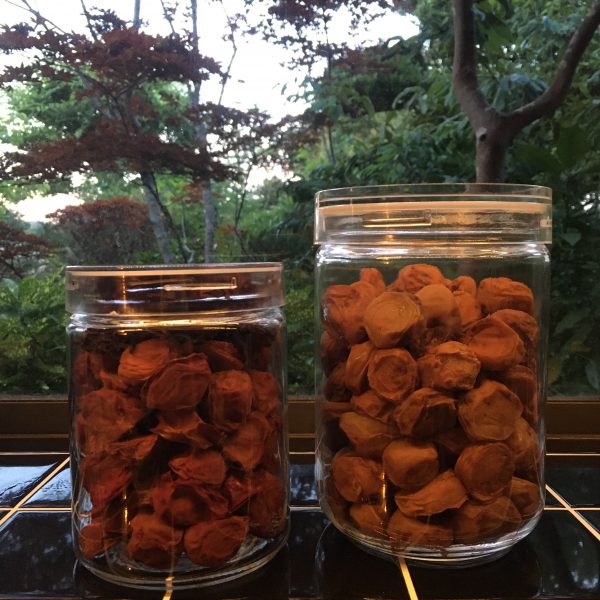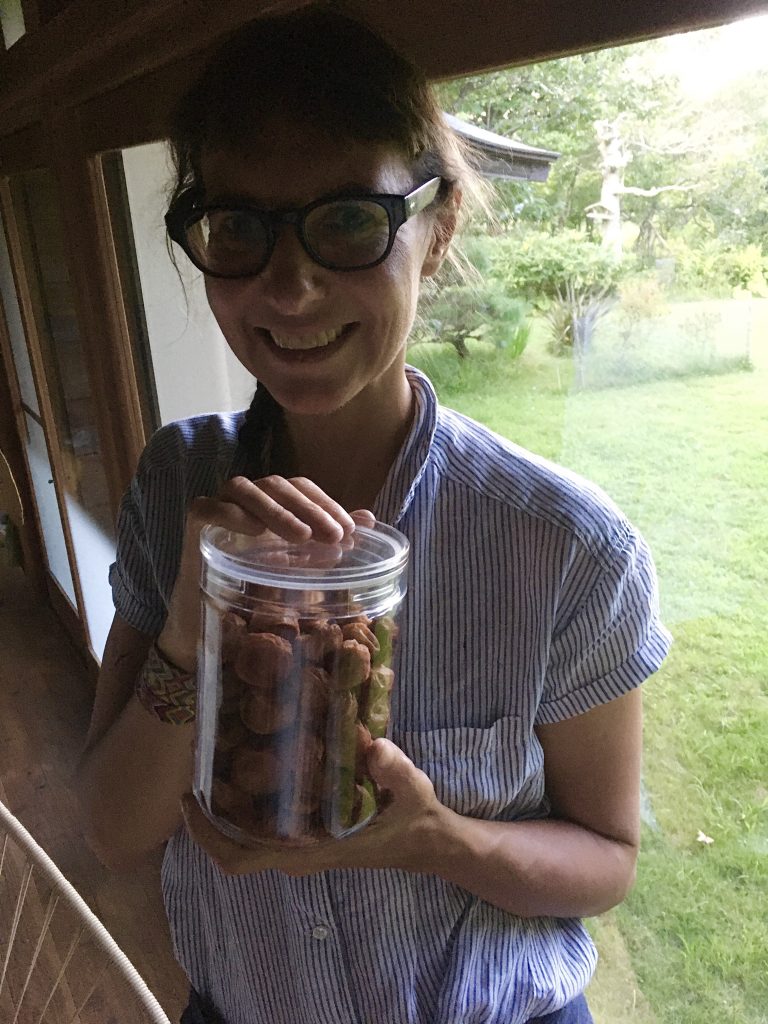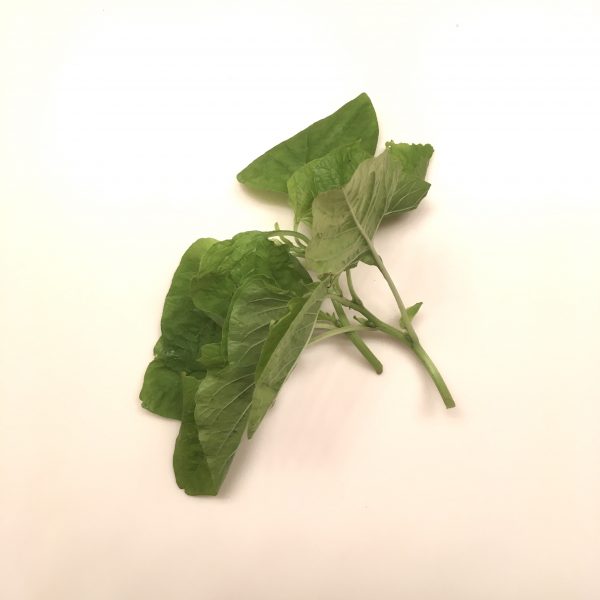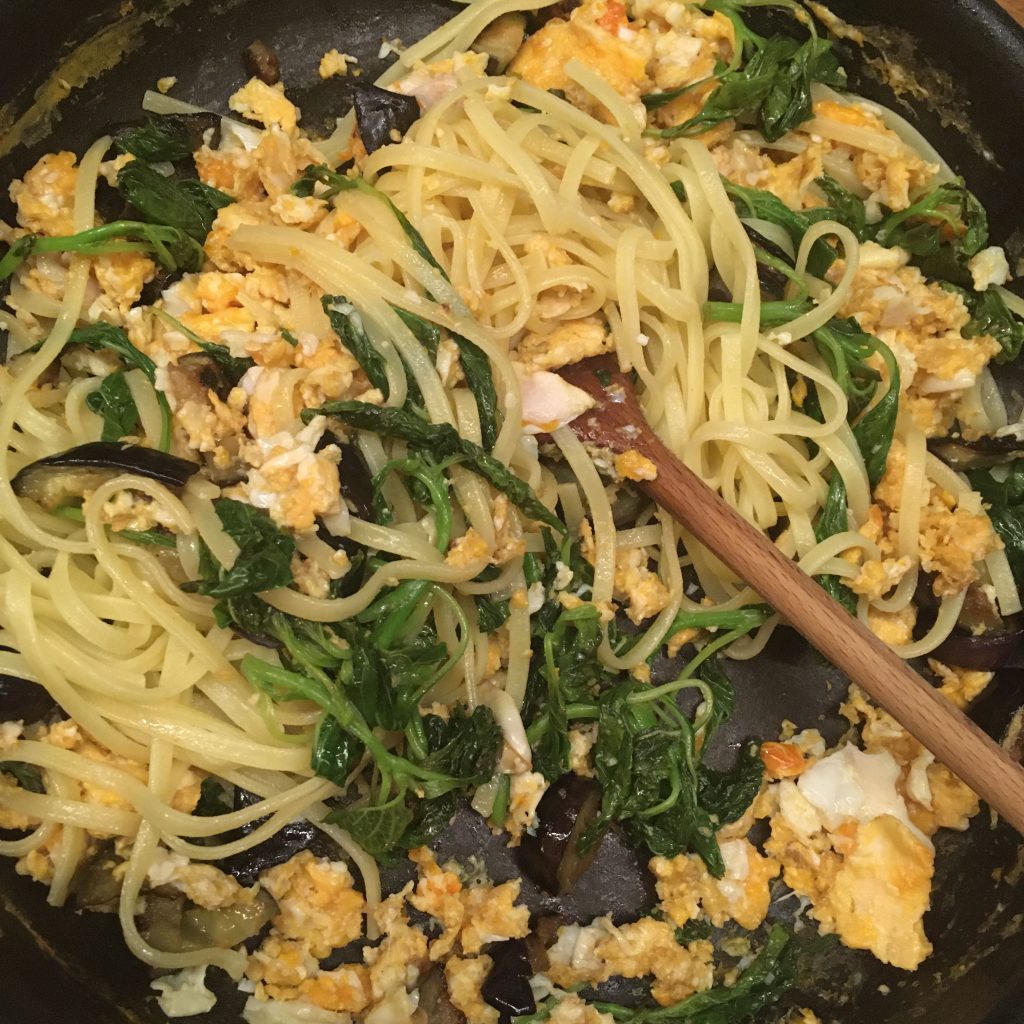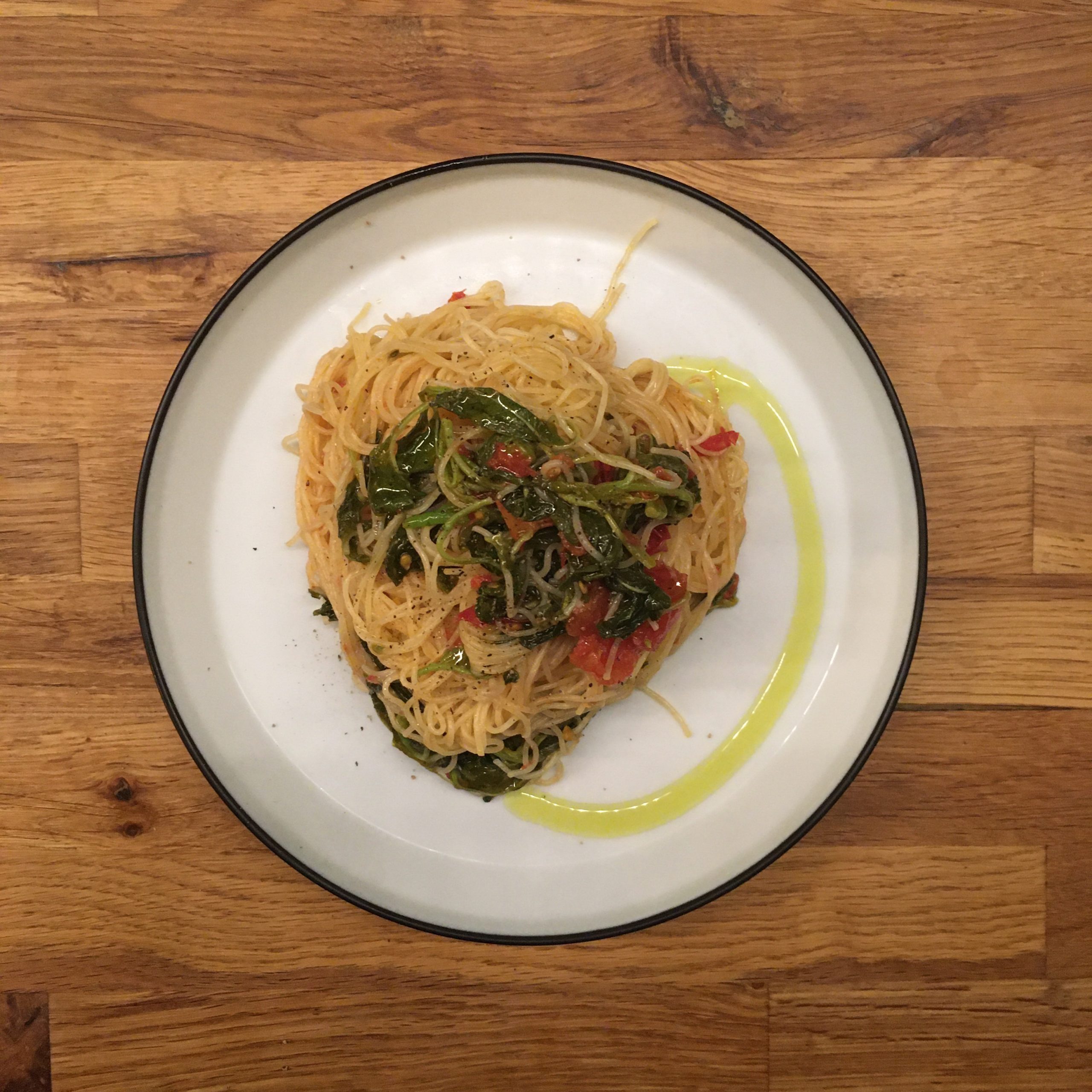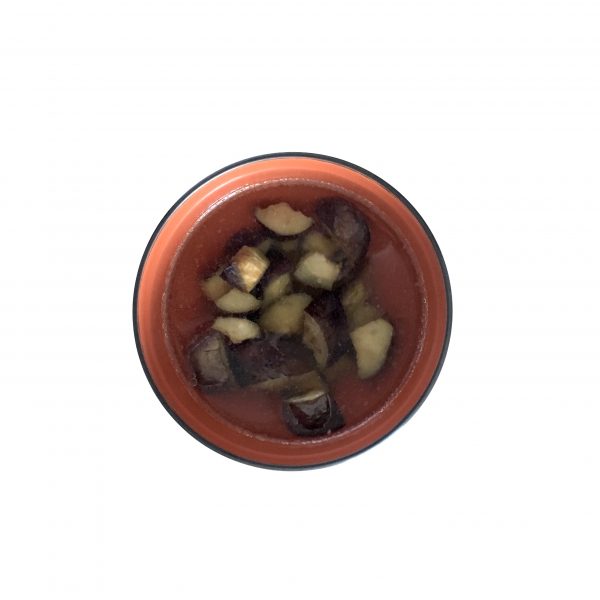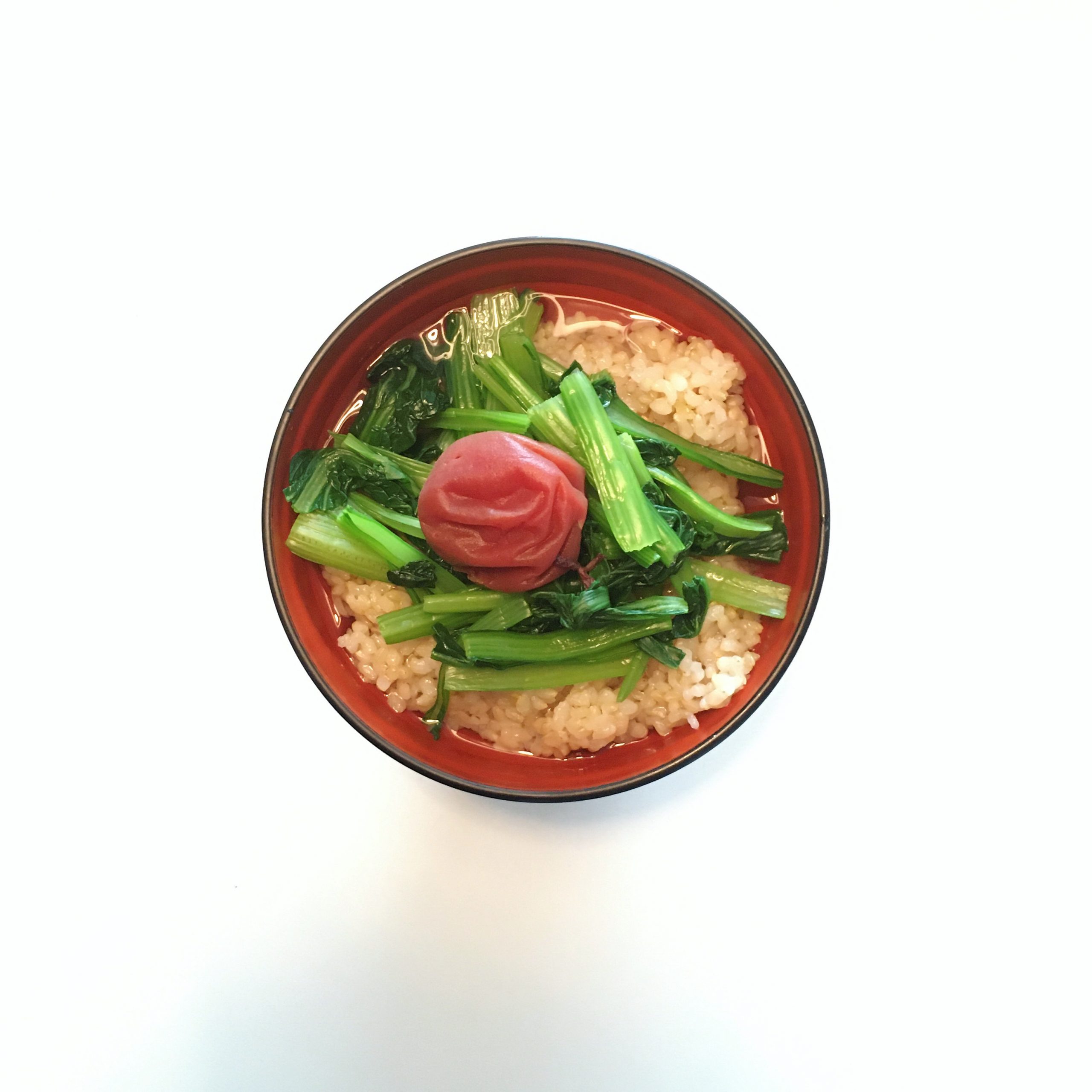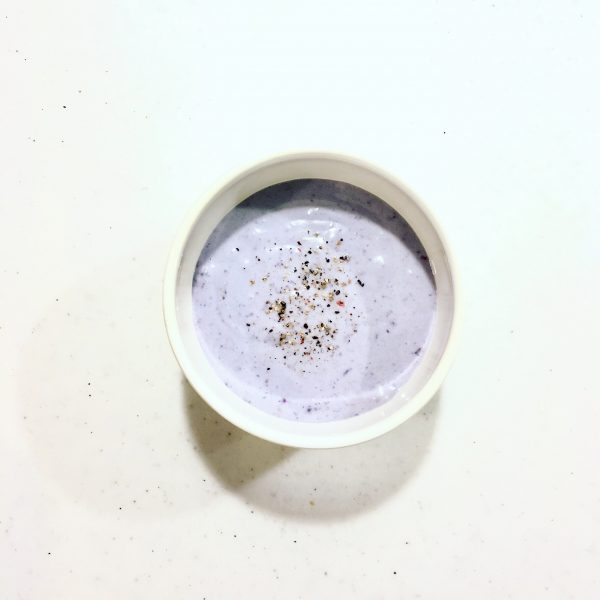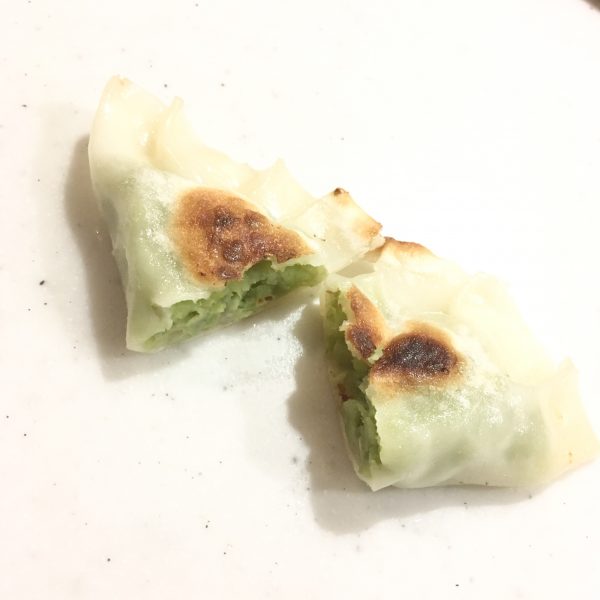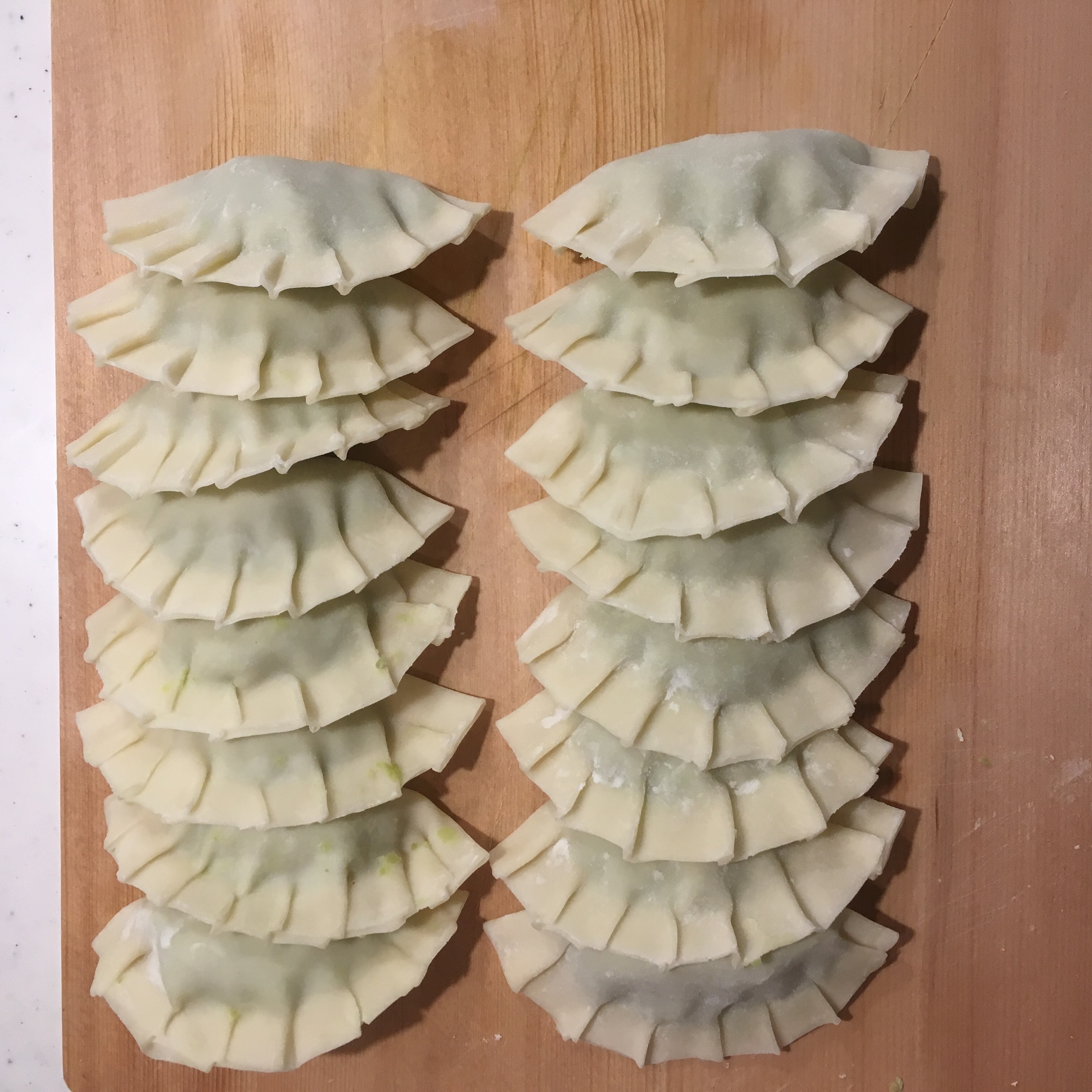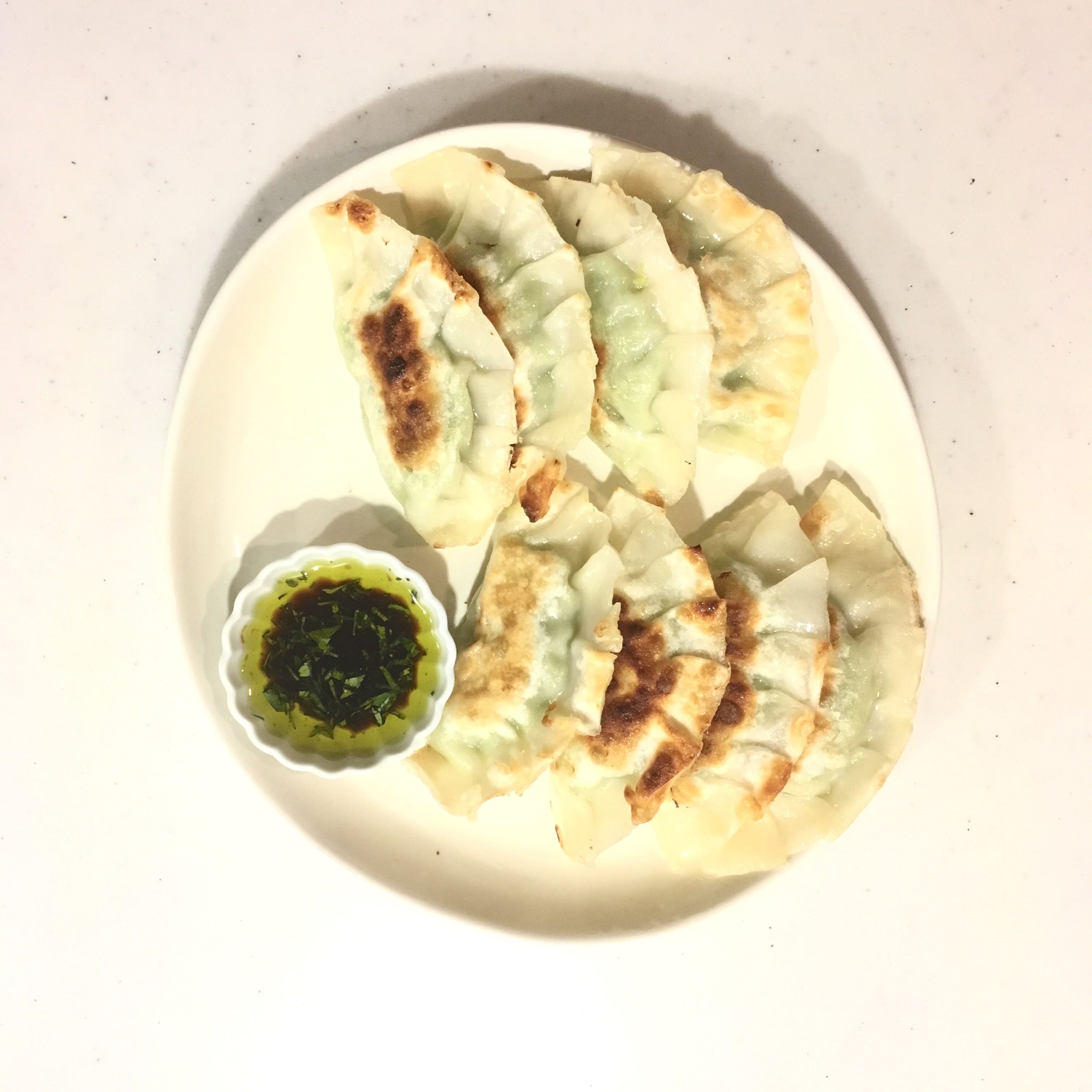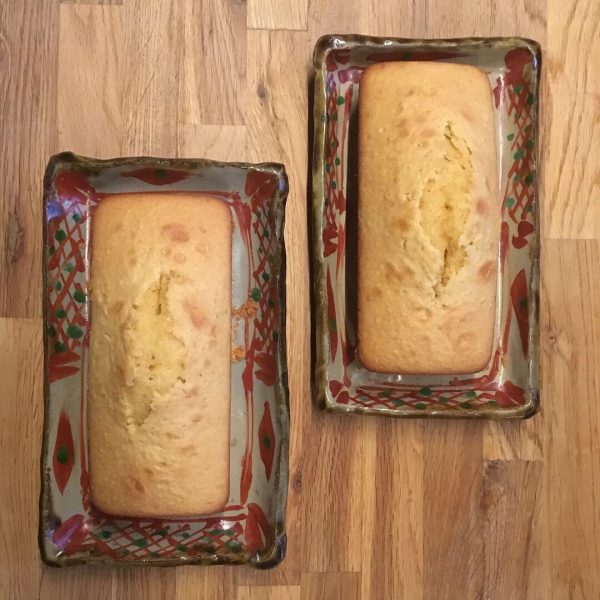I often forget how much we love boiled potatoes. I always have the impression it takes longer to prepare than other ingredients and usually our carbs end up being either pasta, or rice, or a dough of any kind: a quiche, a pie, a stuffed bread etc… You can argue that making a quiche or stuff bread takes more time than boiling and peeling potatoes and you are absolutely right!!!!
So, once in a while I remember how much we love them and boil a few. And when the season of cucumber is at its peak I love to make potato salad.
One can think of so many variations of potato salad that two are never the same! Once thing that I really love is the mix boiled potatoes and hard boiled eggs, and since I had a lot of fresh green shiso leaves I decided to prepare a potato salad with Japanese flavors. It was simple and quick to prepare, nourishing and tasty. I highly recommend you try it!!!
Potato salad with Japanese flavors (2 servings as one plate dish)
- 8 potatoes (ping pong ball size)
- 1 Japanese cucumber
- 2 eggs
- 5 leaves of shiso
- 1tsp of soya sauce
- 2tbs of olive oil
Boil the potatoes, and the eggs. Once cool peel the potatoes and cut in two or four. Peel the eggs and chop them. Wash and slice thinly the cucumber. Wash and chisel the shiso leaves. In a bowl put everything, add the olive oil and the soya sauce. Stir well and enjoy!
